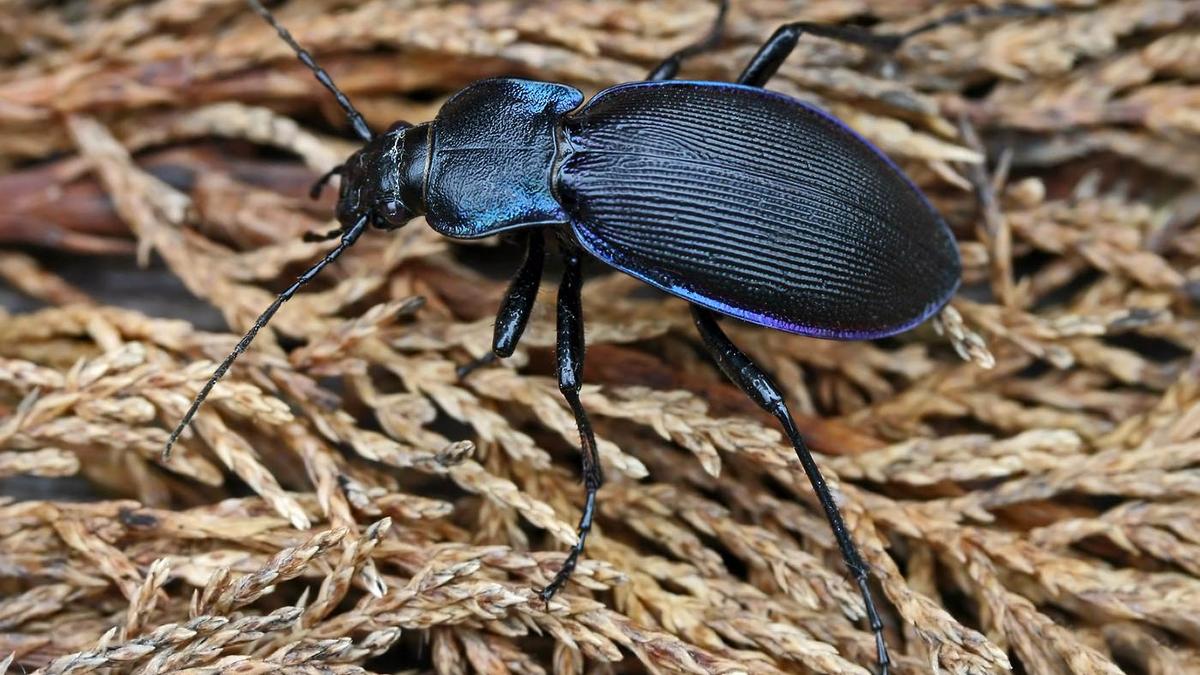Home / Environment / Carabid Beetles Expose Microplastic Contamination Across Italy
Carabid Beetles Expose Microplastic Contamination Across Italy
21 Oct
Summary
- Carabid beetles found to ingest microplastics, indicating soil pollution
- Up to 87% of beetles contained microplastics in some areas
- Insects can serve as cost-effective bioindicators for monitoring microplastics

In October 2025, researchers in Italy published a study revealing that carabid beetles, a common ground beetle, have been ingesting microplastics across the country's landscapes. The scientists set pitfall traps to capture the beetles from various sites, including a meadow, woodland, and stony beach.
After analyzing the gut contents of over 50 beetles, the researchers found that nearly a third of the specimens had consumed microplastic fragments, primarily made of polyester and silicone. The highest rates of microplastic ingestion, up to 87%, were observed in beetles captured from a popular tourist beach in August.
This discovery is both encouraging and concerning. On the one hand, the carabid beetles have proven to be effective bioindicators of microplastic pollution, providing a cost-effective way to assess the extent of contamination in different locations. However, the prevalence of microplastics in the beetles' guts underscores the growing problem of plastic waste infiltrating terrestrial ecosystems.
Insects like the carabid beetle are well-suited as bioindicators due to their quick response to environmental changes, abundance, and short life cycles. By monitoring the presence and quantity of microplastics in these insects, scientists can gain valuable insights into the scale and distribution of this emerging pollutant across the landscape.




